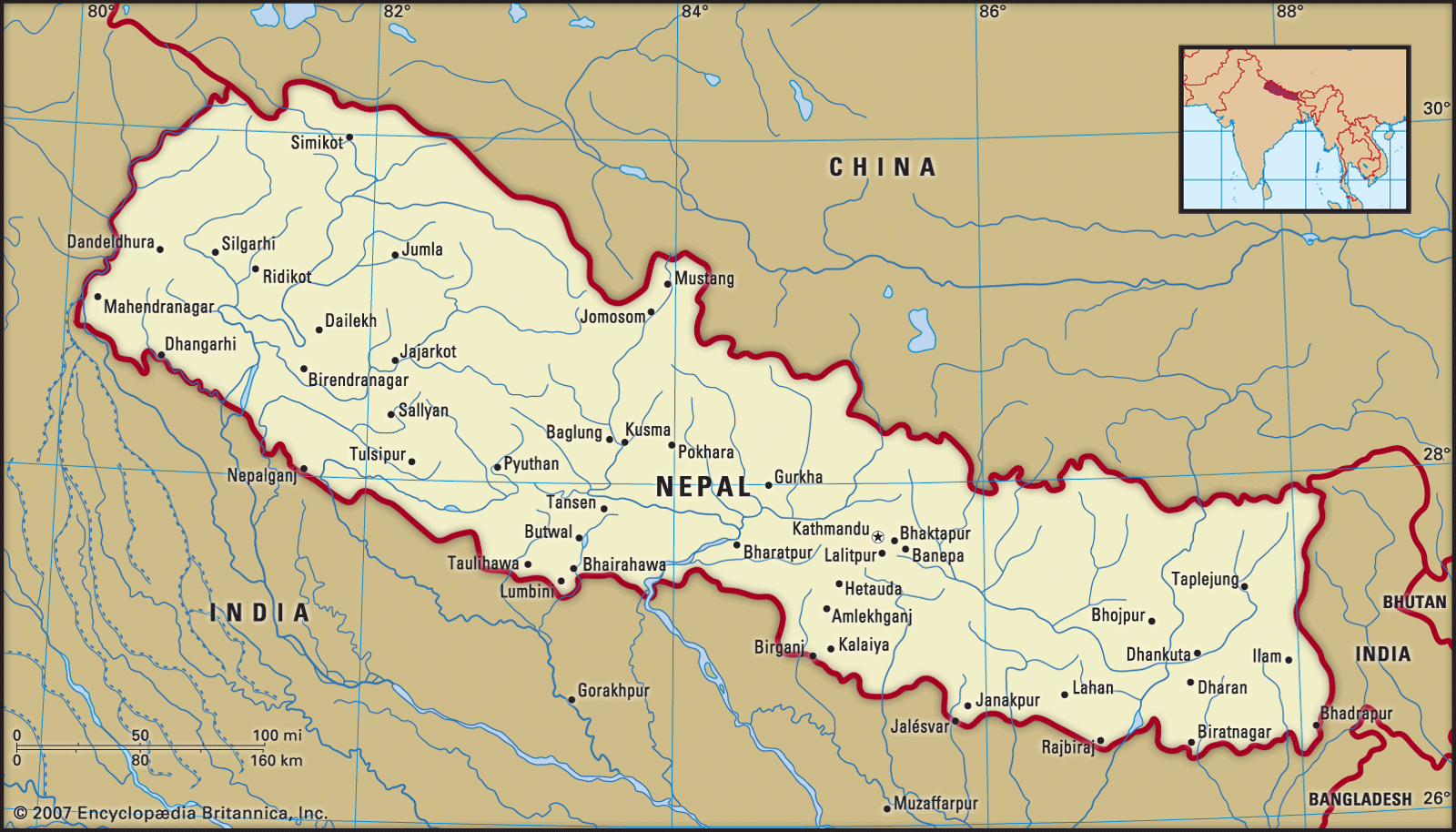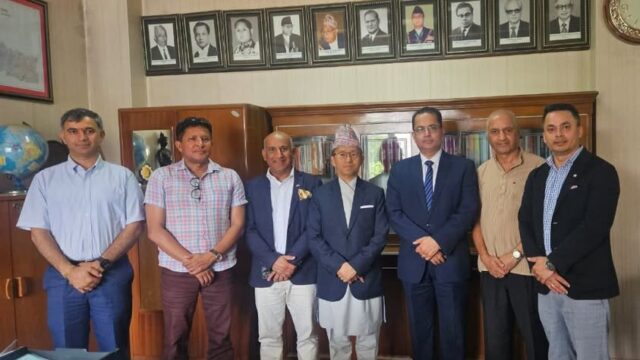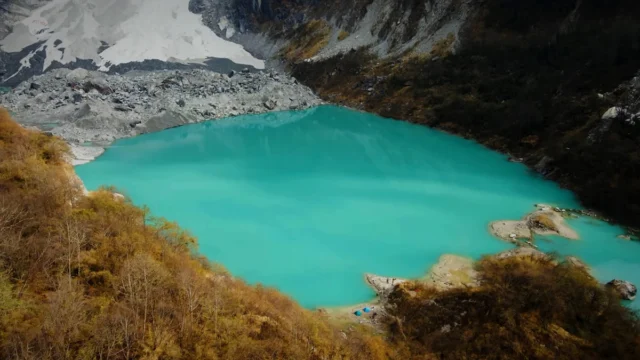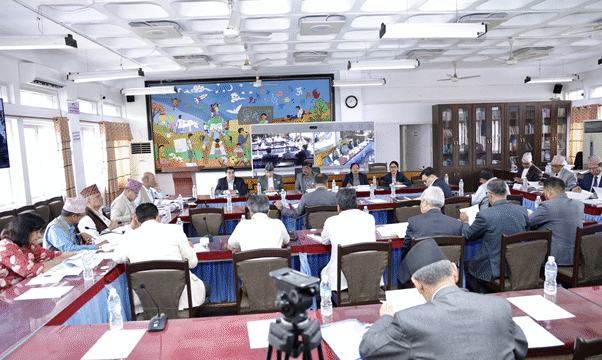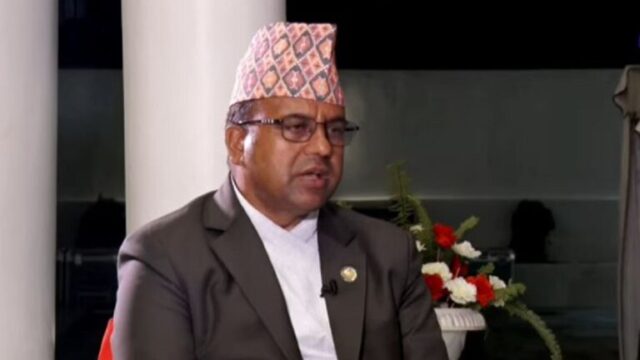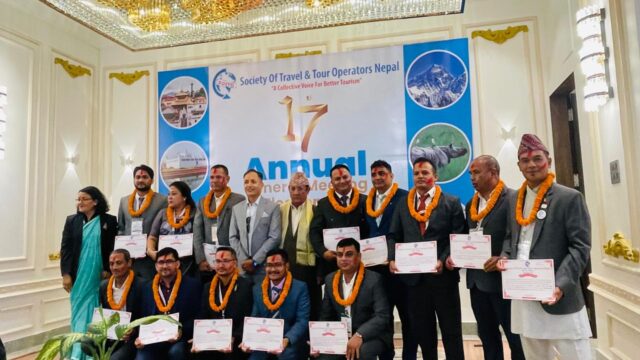Nepal, a country renowned for its breathtaking landscapes, rich cultural heritage, and adventure tourism, is witnessing a dynamic shift in its tourism trends. As the global tourism landscape evolves, Nepal is not just keeping pace but is also carving out new niches to attract a diverse range of travelers. The latest trends in tourism in Nepal reflect a blend of tradition and modernity, sustainability, and innovation. This comprehensive analysis explores the emerging trends that are shaping the future of tourism in this Himalayan nation.
One of the most significant trends in Nepal’s tourism sector is the increasing emphasis on eco-tourism and sustainable travel. With growing awareness about environmental conservation, tourists are now more inclined towards destinations that promote sustainable practices. Nepal’s diverse ecosystems, from the lush forests of the Terai to the alpine meadows of the Himalayas, offer perfect settings for eco-friendly tourism. Initiatives such as community-based tourism, where local communities are actively involved in tourism activities, are gaining popularity. These initiatives not only provide authentic cultural experiences but also ensure that tourism benefits are distributed equitably among local populations.
While trekking has long been a cornerstone of Nepalese tourism, adventure tourism in Nepal is diversifying beyond the traditional trekking routes. Activities such as paragliding, white-water rafting, bungee jumping, and mountain biking are attracting thrill-seekers from around the globe. The Pokhara Valley, known for its stunning lakes and panoramic views of the Annapurna range, has emerged as a hub for adventure sports. Similarly, regions like the Kali Gandaki Gorge and the Trishuli River offer exhilarating rafting experiences, catering to both novice and experienced rafters.
Nepal’s rich cultural heritage continues to be a major draw for tourists. UNESCO World Heritage Sites such as Kathmandu Durbar Square, Patan Durbar Square, and Bhaktapur Durbar Square, along with numerous ancient temples, stupas, and monasteries, provide a deep dive into the country’s historical and spiritual legacy. The trend of cultural tourism is further enhanced by festivals and events that showcase Nepal’s vibrant traditions. The annual Indra Jatra, Dashain, and Tihar festivals, for instance, offer visitors a chance to immerse themselves in local customs and festivities.
In recent years, there has been a noticeable increase in tourists seeking wellness and spiritual experiences in Nepal. The country’s serene environment, coupled with its rich spiritual heritage, makes it an ideal destination for yoga retreats, meditation centers, and wellness resorts. Places like Lumbini, the birthplace of Lord Buddha, and the tranquil monasteries in the Himalayas are becoming popular among those looking for spiritual rejuvenation. Additionally, wellness resorts that offer holistic healing practices, including Ayurveda and traditional Nepalese therapies, are attracting health-conscious travelers.
Another emerging trend is the focus on rural and community-based tourism. Travelers are increasingly seeking authentic and immersive experiences, which has led to a surge in the popularity of homestays and village tours. Regions such as Ghandruk, Sirubari, and Bandipur are pioneering community-based tourism models that allow visitors to experience the rural lifestyle, local cuisine, and cultural practices firsthand. These initiatives not only provide economic opportunities for rural communities but also promote the preservation of local traditions and environments.
The integration of technology in tourism is transforming how visitors experience Nepal. From virtual reality tours of cultural sites to mobile apps that provide real-time information on trekking routes, technology is enhancing the overall travel experience. Smart tourism initiatives, such as digital ticketing systems and interactive information kiosks, are being implemented at major tourist sites to improve accessibility and convenience. Furthermore, social media platforms are playing a crucial role in promoting Nepal as a travel destination, with stunning visuals and engaging content reaching a global audience.
Nepal’s diverse culinary heritage is gaining recognition, leading to a rise in gastronomic tourism. Food enthusiasts are exploring the country’s unique flavors, from the traditional Newari cuisine in the Kathmandu Valley to the Thakali dishes of the Mustang region. Culinary tours, cooking classes, and food festivals are becoming popular attractions, allowing visitors to savor Nepalese delicacies and learn about the cultural significance behind them. The trend of farm-to-table dining is also emerging, with restaurants sourcing fresh, organic produce from local farms to create authentic and sustainable dining experiences.
Nepal is making strides in promoting inclusive and accessible tourism to cater to travelers with diverse needs. Efforts are being made to improve infrastructure and facilities for differently-abled tourists, ensuring that they can explore the country’s attractions without barriers. Initiatives such as wheelchair-friendly trekking trails, accessible hotels, and trained guides are part of this inclusive approach. These measures are aimed at making Nepal a welcoming destination for all, regardless of physical abilities.
Luxury travel is another growing segment in Nepal’s tourism industry. High-end travelers are seeking exclusive and personalized experiences, leading to the development of luxury resorts, boutique hotels, and premium trekking packages. The concept of glamping (glamorous camping) is also gaining traction, offering a blend of adventure and comfort in scenic locations. Helicopter tours to remote regions, private guided treks, and bespoke cultural tours are examples of luxury offerings that cater to discerning travelers looking for unique and high-quality experiences.
The rise of remote work has given birth to a new trend: digital nomadism. Nepal, with its affordable cost of living and picturesque landscapes, is becoming an attractive destination for digital nomads and remote workers. Cities like Kathmandu and Pokhara are seeing a surge in co-working spaces, cafes with reliable internet, and accommodations that cater to the needs of remote professionals. This trend is creating new opportunities for the tourism sector, as these long-term visitors contribute to the local economy while enjoying the country’s natural and cultural attractions.
The latest trends in tourism in Nepal reflect a diverse and evolving landscape that caters to a wide range of interests and preferences. From sustainable and eco-friendly travel to adventure sports, cultural immersion, wellness retreats, and digital nomadism, Nepal is adapting to meet the demands of modern travelers. As the country continues to innovate and enhance its tourism offerings, it remains a top destination for those seeking unique and enriching experiences. The future of tourism in Nepal looks promising, with a strong emphasis on sustainability, inclusivity, and technological integration driving its growth.
